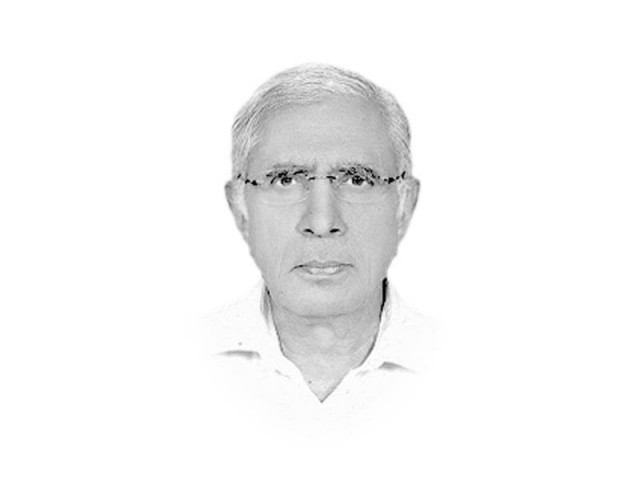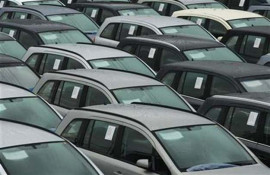
Since the state and the nation would be discussing the state of the economy and debating income and expenditure proposals for the incoming financial year over the next four weeks or so, one thought it only appropriate to alert the official economic managers about the exhaustive work done by Zaidi on the very issues that they would be confronted with during what is considered to be budget season of the year. The book, as its back cover says, is about understanding Pakistan’s structural transformation over six decades in a political economy framework. The author examines how and where such transformations have taken place in the economy, society, in class and gender relations, in the manifestation of consumerism and culture, and other ways. The book has 27 chapters and all of them are highly instructive. But for want of space one would like to focus the discussion on a couple of topics highly relevant in the current context. The chapter on “Structural Adjustment Programme: Composition and Effects” talks of the IMF, the World Bank and the so-called Washington Consensus. In the opinion of the author, since the Structural Adjustment Programmes (SAP) have been in operation for almost a quarter of a century, there is enough evidence to examine their consequences and implications. And the general consensus seems to be that such programmes have very serious negative impacts on growth, inflation, income distribution, social sectors and poverty.
In general, SAPs have made matters far worse for countries that have followed them. The philosophy that governs such programmes, which is essentially one of liberalisation, openness and greater integration with the new economic world order, does not take into account specific factors and the context of specific countries. With different sets of political and institutional arrangements governing economic and policy choices, the general policy rules of such programmes fail to take root in many countries. The prevalence of highly liquid, hot money, which disappears from a country literally overnight, has serious consequences for an economy that are beyond its control.
The most interesting chapter of the book is the last one (“A New Political Economy”). One is tempted to reproduce here the entire chapter which runs into 14 A4-size pages. But space does not permit the luxury. While discussing what he calls counter-hegemony, the author refers to the absence of an organised left political movement since the mid-1970s, and the recent rise of globalised and globalising middle classes and groups which, according to him, means that the margins look more like mainstream: the opposition to the state is led more by sections of what we call the middle classes — such as those demanding water and electricity, not connections, but uninterrupted supply — rather than the working classes, labour and peasants, demanding better working conditions or higher pay. Organised and unorganised jihadist groups have challenged and continue to challenge, the state of Pakistan and its institutions, such as the military and parliament and politicians perceived to be not-Islamic enough. It is also the spontaneous street support of such groups — not all of them are jihadists and many reflect the so-called softer versions of religion — which also underscores the ability to perpetuate violence and the state’s reluctance or inability to directly confront such forces.
Published in The Express Tribune, June 3rd, 2015.
Like Opinion & Editorial on Facebook, follow @ETOpEd on Twitter to receive all updates on all our daily pieces.


















COMMENTS
Comments are moderated and generally will be posted if they are on-topic and not abusive.
For more information, please see our Comments FAQ